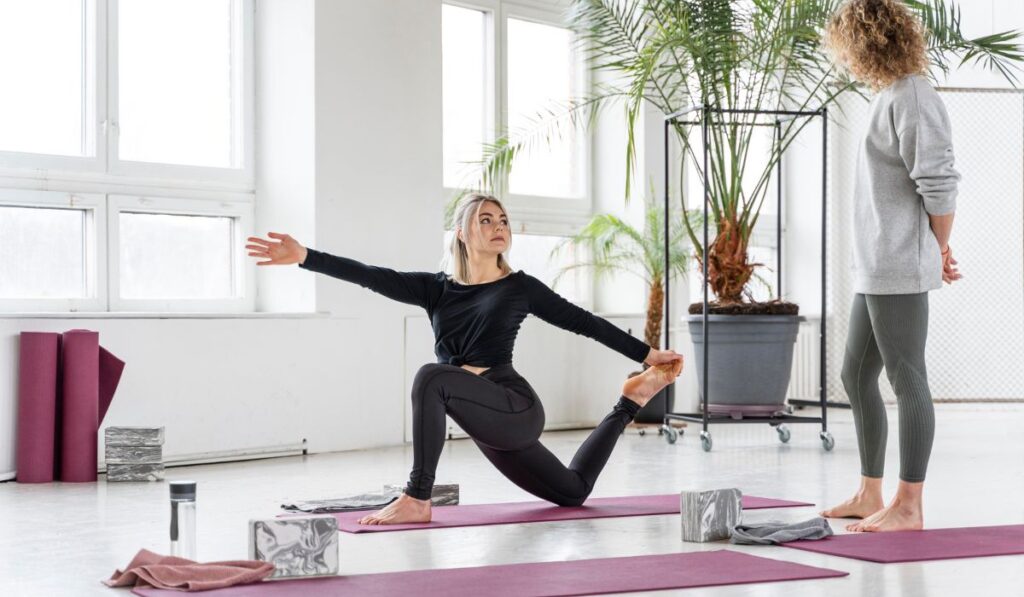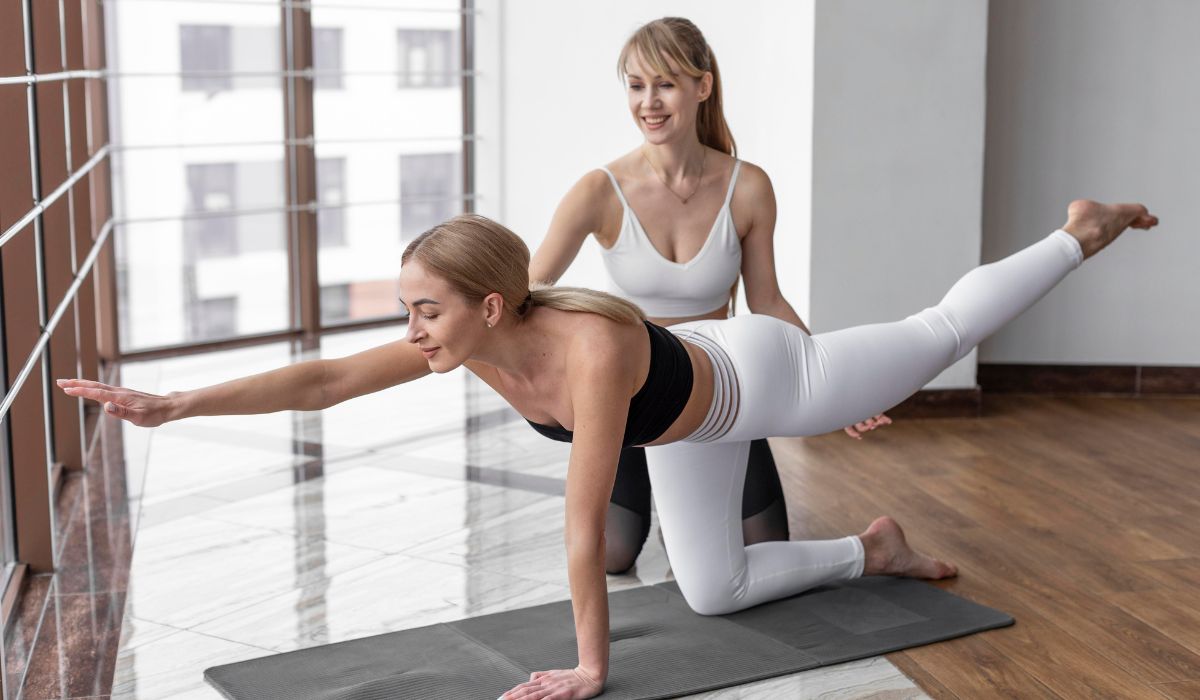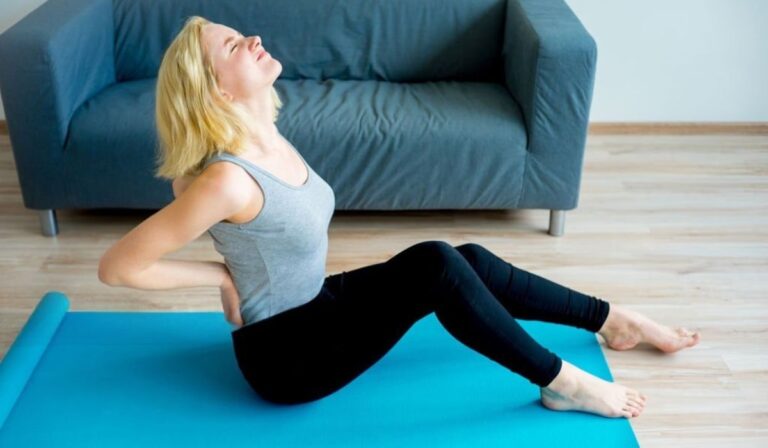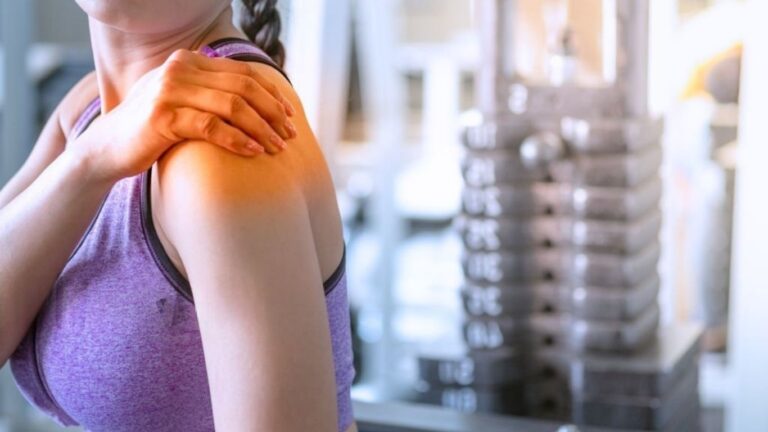This Simple Pilates Move Is a Game-Changer for Core Strength—And It’s Perfect for Beginners
If you’re tired of crunches, sit-ups, or holding planks until your arms shake, it might be time to try something different. Pilates offers a fresh, low-impact approach to building core strength—and it all starts with one easy-to-learn move: the tabletop.
While it may not look intense, the tabletop is a powerful foundational exercise that activates your deep core muscles—those crucial muscles that support your spine, improve posture, and protect your lower back.
Why the Tabletop Move Deserves More Attention
“Most people skip over this move because it looks simple, but that’s a mistake,” says Sarah Malik, a certified Pilates instructor who teaches both in-person and virtual classes. “When done correctly, it helps train proper breath control and deep abdominal engagement—two things that are essential for long-term core strength.”
Unlike more aggressive movements that target the surface-level abdominals, the tabletop encourages you to work from the inside out. It focuses on your transverse abdominis, pelvic floor, and stabilizing muscles along the spine. These muscles are responsible for protecting your back and giving you real control over your body, not just making your abs look toned.
How to Do the Tabletop Position
Here’s how to try it at home:
- Lie flat on your back on a yoga mat or soft surface. Keep your knees bent and feet flat on the floor.
- Place your arms by your sides, palms down for support.
- Inhale deeply. As you exhale, lift one leg at a time until both knees are bent at 90 degrees and your shins are parallel to the floor. This is the tabletop position.
- Focus on keeping your lower back pressed gently into the mat and your core fully engaged.
- Hold the position for 30–60 seconds, breathing deeply. If you want more of a challenge, lift your head and shoulders slightly off the floor and bring your hands behind your head. Add 10–12 small crunches if you’re ready for it.
To make it even more advanced, try extending both legs straight out in front of you so they hover just above the ground, or use light ankle weights for added resistance.
Tips for Perfecting Your Form
Good form is everything in Pilates. Without it, you won’t engage the right muscles, and you could even strain your back.

- Tuck your tailbone slightly under and gently press your lower back into the mat.
- Draw your belly button in, like you’re trying to zip up tight pants.
- If your back starts to lift or your abs stop working, bring your knees closer to your chest to reduce pressure.
- Avoid holding your breath. Instead, use each exhale to deepen your core engagement.
Why Tabletop Is a Smart Start
Though it may not create the immediate burn of a high-intensity plank or bicycle crunches, tabletop helps build the kind of deep, lasting core strength that transfers to real life.
“When your core is properly activated, everything else—whether it’s lifting weights, running, or simply standing tall—becomes easier and safer,” says Malik.
Practicing tabletop regularly can help:
- Improve posture
- Reduce lower back pain
- Strengthen pelvic stability
- Prepare your body for more advanced core work
Many instructors suggest starting every workout with a tabletop. It sets the tone for mindful movement and wakes up your core muscles before jumping into bigger exercises.
Final Thoughts
You don’t need to suffer through endless crunches to build a strong core. Simple, focused exercises like tabletop can help you develop strength, stability, and control from the inside out.
So next time you roll out your mat, skip the flashy moves and give tabletop a try. Your core—and your posture—will thank you.






